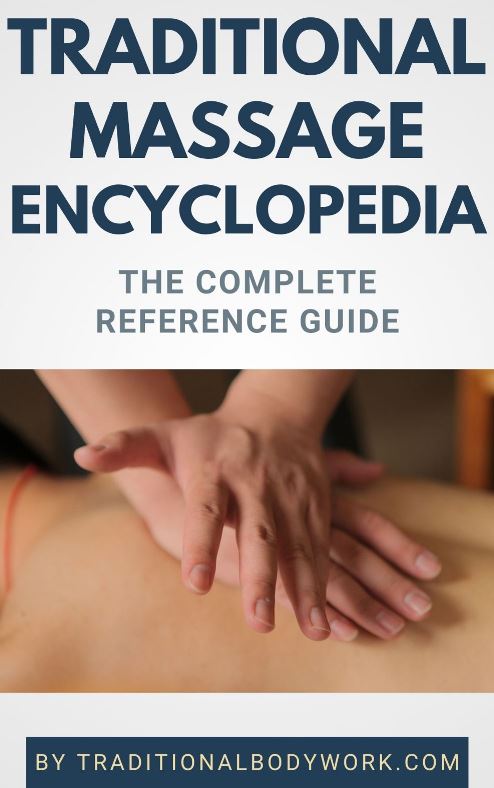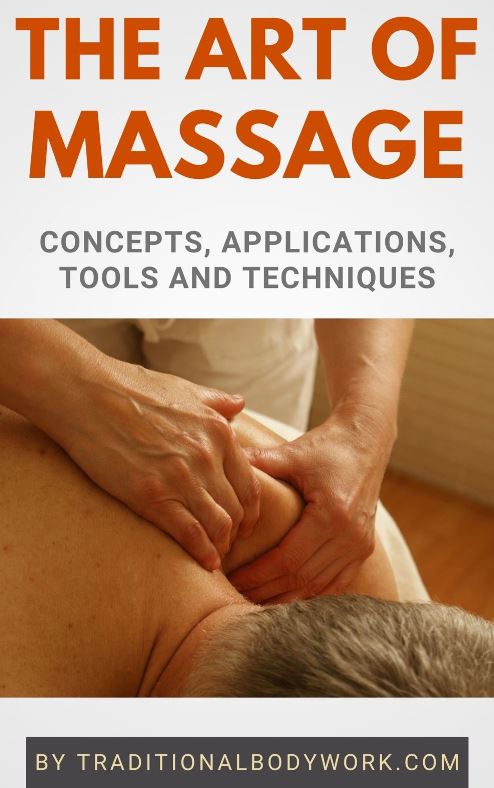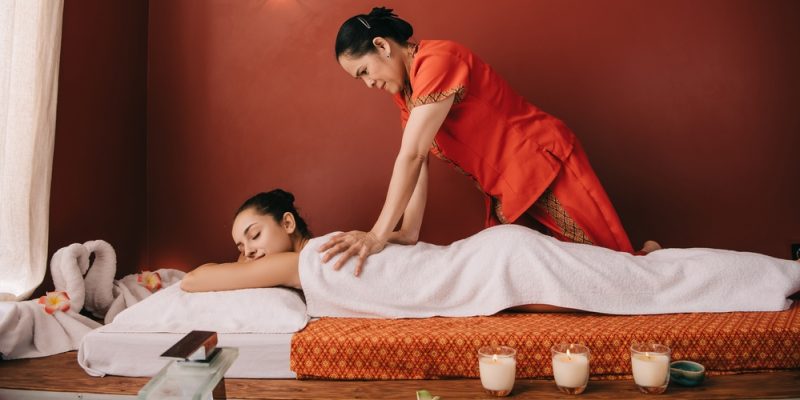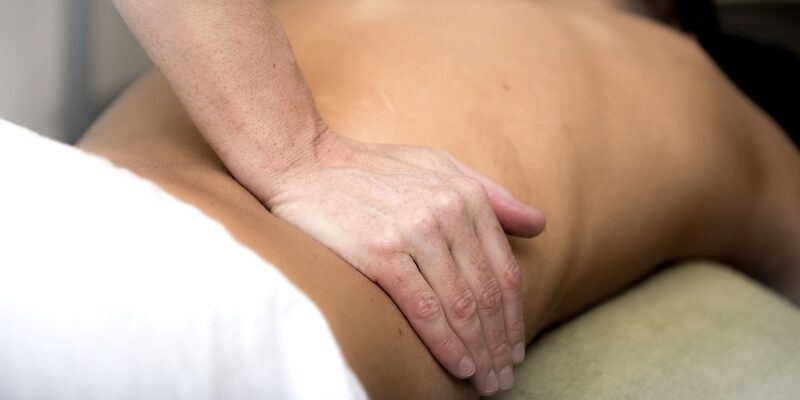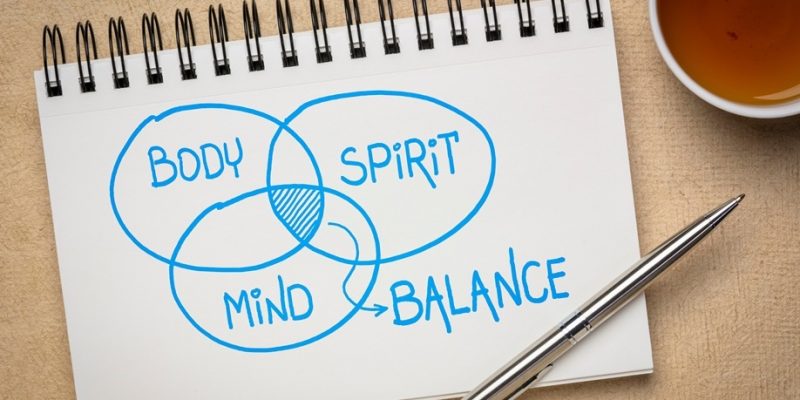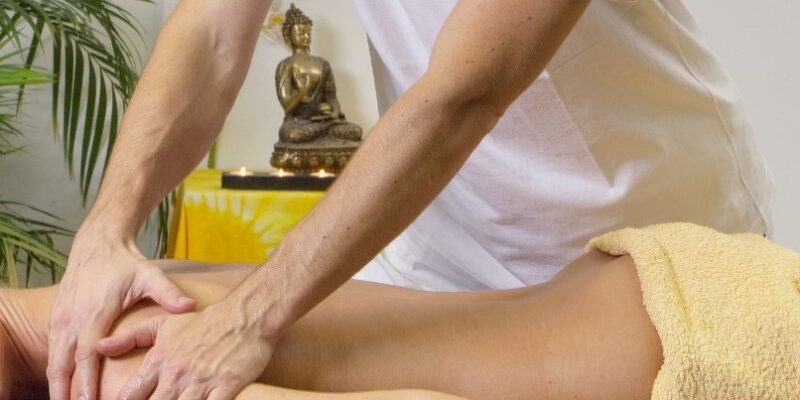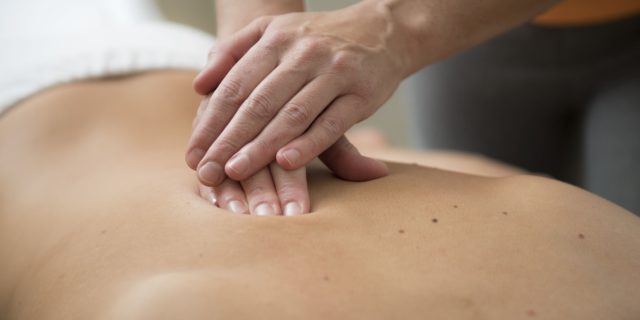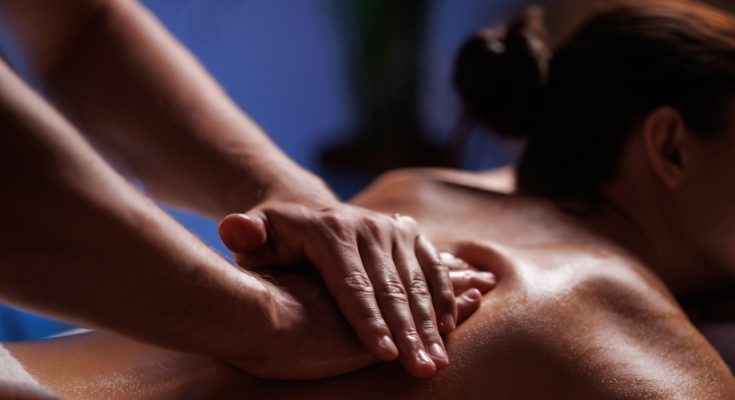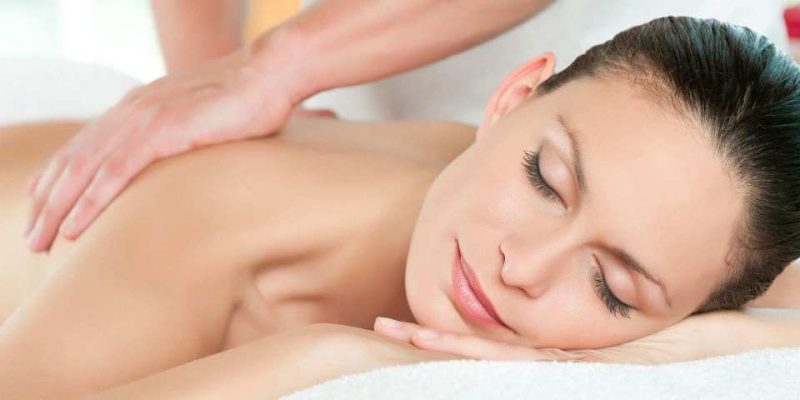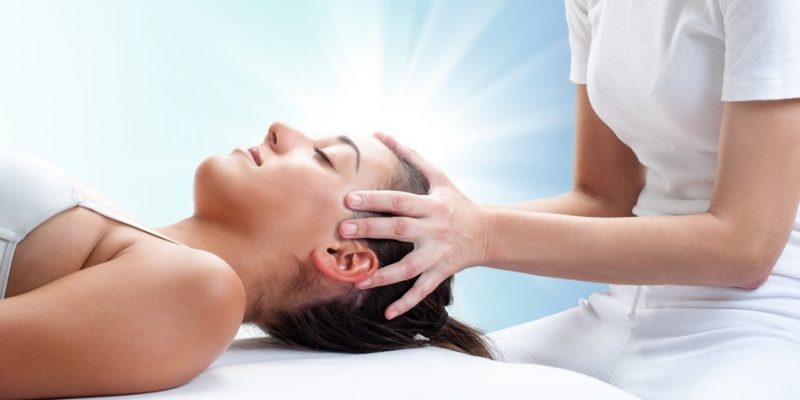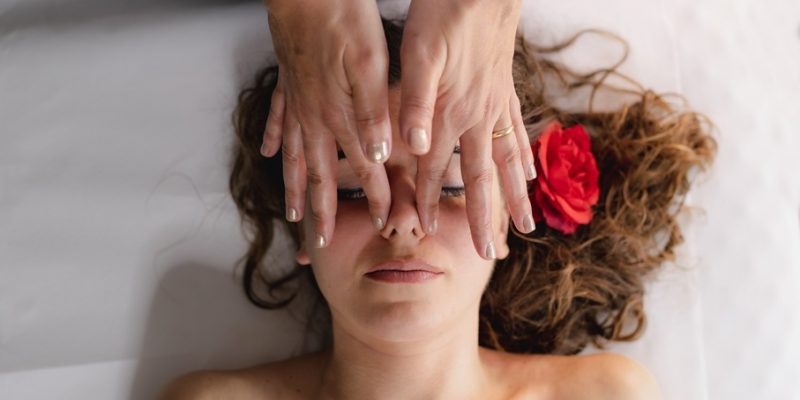
Massage in itself is movement, and moreover, one of the primary goals of therapeutic massage therapy is to restore the ability of painless movement for the patient.
In fact, an important part of the people who visit a massage therapist do so because they experience painful tensions and chronic pains, which inhibit them to move freely and with full range of motion.
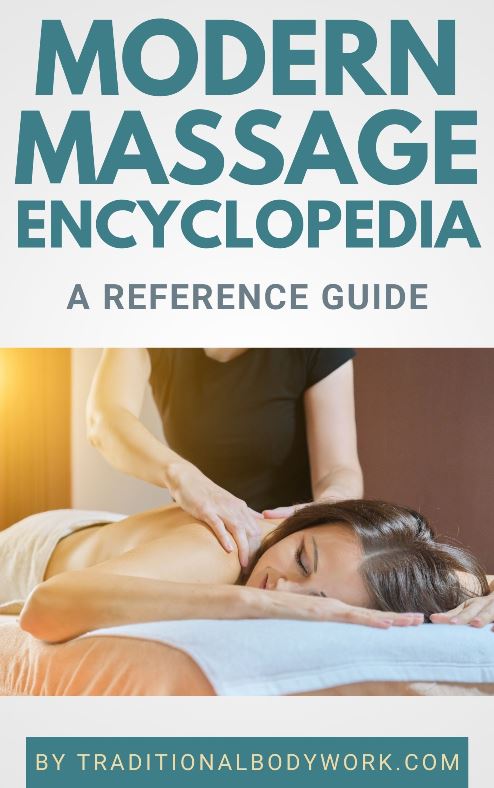
Restoring full range of motion therefore is very much related to resolving or alleviating pains. In general, the therapist will use a variety of massage techniques during a session to clear soft tissue tensions, contractions, and adhesions, while at the same time trying to fully mobilize joints.
When muscles, tendons, fascia, and organs are tensed, contracted, cluttered, or out of place, they also inhibit the circulatory system (blood, lymph, and nervous system) to function normally. This can cause a broad range of discomforts and illnesses.
As much in massage is aimed at restoring a free and relaxed movement of joints, muscles, tendons and organs, it also brings about the important additional benefit of an improved circulatory system, that is, the free flow of blood supply, optimal lymph drainage, and effective nervous system signaling.
In conclusion, one could say that massage can promote improved movement and motion for the receiver, where movement and moving itself are inherent qualities of most massage techniques and approaches, while stimulating an optimal functioning internal circulatory system.

